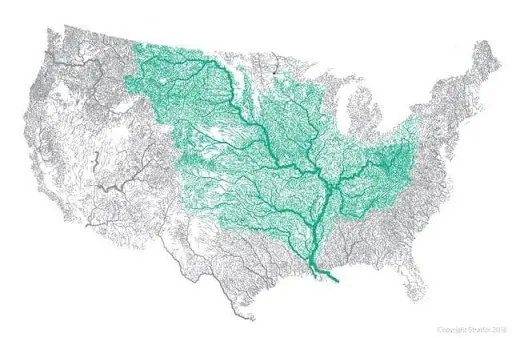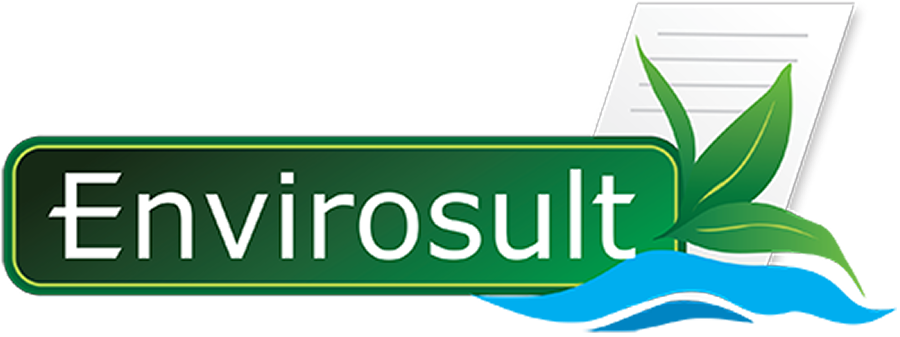Our Business Model
Support Us
To contribute via ACH, cryptocurrency, stocks, or bonds, please email us at

Helping Small Communities
Envirosult is a non-profit organization in the process of applying for recognition of tax-exempt status under 501(c)(3) of the Internal Revenue Service code.
Our initial funding goal is $5,000,000. At each $250,000 raised, the Company will set milestones. The first goal would be to begin limited hiring. Next goal would be to begin a Company Newsletter, “Envirosult in Action,” With our unique logo.
Our focus is going to be on the largely ignored smaller communities that desperately need infrastructure help, especially with the quality of their drinking water. Many of these communities have no idea who to turn to for help and don't realize what resources are available that they are eligible for. Envirosult aims to take a proactive and holistic approach to helping educate these small communities about their drinking water, as well as other infrastructure issues the town may be facing that affect the safety and well-being of the town's citizens as a whole.
Funds will be generated to aid small communities and their safe drinking water needs. These methods will be direct solicitation, presentations, government and private grants, social media posts, social influencers, telemarketing, and other means.
Large numbers of small communities don’t access readily available grants and certain types of beneficial loans. This is because of the lack of personnel, knowledge of grant writing, and information about funding sources. We will serve as liaisons.
To choose a whole-house water filter, first, test your water to identify contaminants and determine your goals for filtration (e.g., taste, health). Next, select a system that provides a sufficient flow rate for your home, considering the number of bathrooms, and that uses appropriate filtration technologies for your identified contaminants. Finally, choose a system with proper NSF certifications for the contaminants it removes, consider long-term costs, and select a credible manufacturer.
- Test Your Water, Identify contaminants, Determine your goals
Get your water tested to find specific problems like high iron, chlorine, lead, or bacteria. You can buy water testing kits, some companies offer free testing, or you can check your municipality's water quality reports.
Decide if you want to improve taste, remove health-related contaminants, or address other issues like hard water or odors.
- Determine System Specifications,
Calculate your home's peak water demand to ensure the filter can handle the volume of water flowing through it without reducing pressure. A general benchmark is a 5 GPM minimum, but larger homes may need higher rates.
Consider the number of bathrooms and overall size of your home to select a filter system with an appropriate capacity.
- Select the Right Filtration Technology
Match technology to contaminants:
Different technologies are effective against different problems.
Sediment filters: Remove dirt, sand, and other particles.
Activated Carbon filters: Improve taste and odor and remove organic compounds.
Reverse Osmosis: Removes a wide range of contaminants, including dissolved solids.
UV filters: Sterilize bacteria, viruses, and other microorganisms.
KDF filters: Help control microorganisms and extend the life of other filters.
Consider combination systems:
You may need multiple types of filters to address all your water quality concerns, such as an iron filter, a water softener, and a carbon filter.
- Look for Certifications and Credibility
Look for products that are NSF certified, as this ensures the filter meets safety and performance standards for the contaminants it claims to remove.
Choose a reputable seller with a good warranty and readily available, non-proprietary replacement filters.
Learn Why Communities Miss Out on Federal & State Grants
It is difficult to determine the exact number of communities nationwide that do not apply for federal and state funding, as precise data on non-applicants is not available. However, several sources suggest that a significant number of communities—particularly small and rural areas—face challenges that may hinder them from applying for or successfully obtaining these funds.
For example, a survey by the National League of Cities found that 29% of cities, towns, and villages—roughly 6,000 communities—did not receive any funding from the previous CARES Act. While a 2% rejection rate for ARPA funds was reported in one analysis, it's important to note the limited scope of the data (14 states) and the small average size of the rejecting towns (around 540 residents).
It's clear that while federal and state funding is critical for communities nationwide, various barriers can prevent some from accessing these vital resources. Addressing these challenges—through efforts like streamlining application processes, providing technical assistance, and adjusting match requirements—can help ensure more equitable access for all communities.
Reasons why some communities may not apply for federal and state funding include:
Community and Environmental News

Examples of Grants for Louisiana Communities
Key Grants for Louisiana Communities
Example of two grants that are available in the State of Louisiana:
Funding & Grants
Protecting Our Waterways
Help families living in smaller cities, communities impacted by environmental contamination.

Diverse Funding Sources
Many funding sources exist, such as:
Numerous Other Federal and State Programs
Some links below, and you can research your own, are:
Make the Difference
We hope you join us as a company sponsor, financial backer, and network.
To contribute via ACH, cryptocurrency, stocks, or bonds, please email us at envirosultusa@gmail.com
